China, Sri Lanka’s biggest creditor with 52 % of total foreign debt
Sri Lanka’s top creditors, as at June 2022, were China 52 per cent ($7.3 billion), Japan 19.5 per cent ($2.7 billion) and India 12 per cent ($1.7 billion). As at end June 2022, the country’s debt totalled US$80.5 billion, the Ministry of Finance and the Central Bank disclosed on Friday.
This was stated in a virtual presentation to the country’s external creditors, an event that was closed to the media.
Opening remarks were made by Central Bank Governor Dr. P. Nandalal Weerasinghe and Finance Secretary K.M. Mahinda Siriwardana.
Sri Lanka, the presentation explained, is going through its worst socio-economic crisis in history. Some past policy mistakes, the global COVID-19 pandemic and the resulting global crisis have stunted Sri Lanka’s growth projections, leaving the country exposed to the consequences of the energy and food crisis.
The COVID-19 pandemic jeopardised the key engines of the country’s economic growth, including domestic demand and the tourism sector; the awaited rebound was further halted by the subsequent energy and food crisis
“The energy crisis has further exacerbated the difficulties Sri Lanka has been facing since the outbreak of the COVID-19 pandemic and resulting in economic shock, hampering the recovery of some key sectors while affecting local production and consumption through record-high energy prices and shortages of basic goods. The severe economic downturn, weak Sri Lanka’s revenues, rising health expenditure and energy needs led to a worsening of the fiscal situation,” it said.
As the COVID-19 induced global economic downturn led to a significant fall in the price of Sri Lanka’s International Sovereign Bonds (“ISBs”) and to the loss of international market access, the Government had to rely mostly on domestic financing.
As the energy crisis reinforced the need for foreign currency to finance fundamental imports, the scarcity of available funding sources triggered the depletion of foreign reserves and the collapse of the Sri Lankan Rupee, hence fueling rising inflation, according to the presentation.
The decline in foreign reserves hampered Sri Lanka’s ability to mitigate the effects of the crisis through the subsidisation of imports, whilst its currency was steadily losing value on the back of ever-increasing inflation – leading to adverse conditions for all Sri Lankan people, in particular the poor and vulnerable.
Immediately after the announcement on the moratorium on debt, the Government and the Central Bank took the necessary steps to contain the economic impact of the foreign exchange crisis and assist the population, while obtaining some fundamental help from key partners.
The focus of the IMF programme will be to restore macroeconomic stability and public debt sustainability, while safeguarding financial system stability, protecting the vulnerable, and stepping up structural reforms to address corruption vulnerabilities and unlock Sri Lanka’s growth potential.
As at end-June 2022, Public Debt stood at 122 per cent of GDP, of which 70 per cent of GDP is denominated in foreign currency, from a public debt level of 115 per cent of GDP as at end-December 2021, out of which 54 per cent of GDP were denominated in foreign currency
ISBs international bondholders have formed an ad-hoc creditor committee. The group comprises close to 100 members and is led by a steering committee of around 10 members. It represents more than 55 per cent of ISBs nondomestic holdings. The group is advised by Rothschild and White & Case
Meanwhile a group of local private banks holding ISBs have also formed a group. It has holdings in excess of $1 billion across all series of ISBs. The group comprises eight local banks and is led by a steering committee. The group is advised by Baker & Mackenzie.
The presentation said the IMF does not lend to countries whose debt is deemed unsustainable, requiring Sri Lanka to undertake an upfront comprehensive debt treatment. In practice, this requires financing assurances to be given by the bilateral creditors, resulting in a sufficient level of comfort to the IMF that bilateral creditors will support Sri Lanka’s efforts to restore public debt sustainability.
The full presentation can be viewed on this link -https://www.treasury.gov.lk/api/file/3816b192-2bd9-4587-9c69-53e54a3394de
-
Still No Comments Posted.



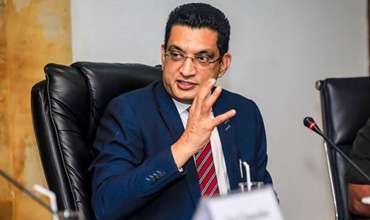

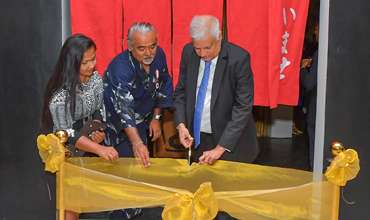

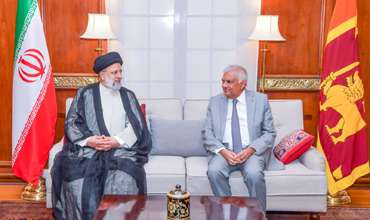
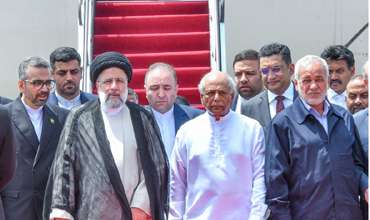


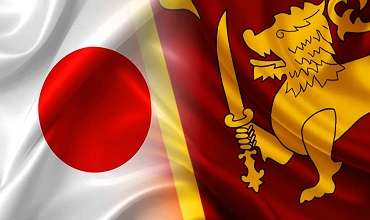
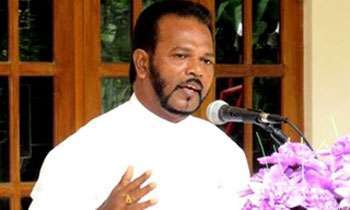

Leave Comments